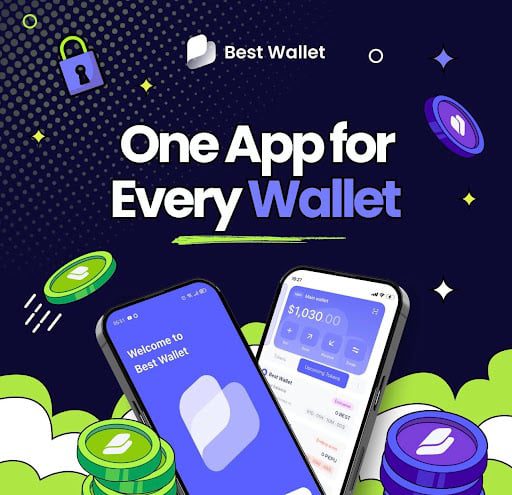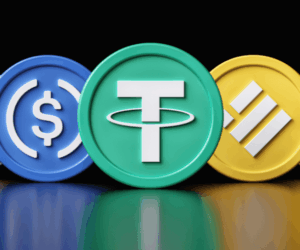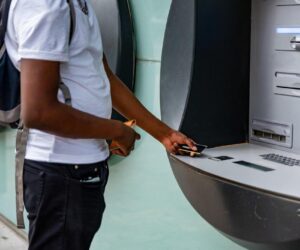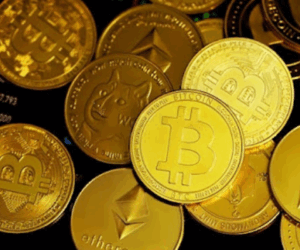Crypto has a usability problem. Active users often juggle MetaMask for Ethereum, Phantom for Solana, and Trust Wallet for everything else. This fragmentation is a barrier for new users in the Global South, a challenge, and it is what the $BEST token aims to solve.
The non-custodial, mobile-first wallet unifies over 60 blockchains in a single interface. For African users, often underserved by Western-centric wallets, this resonates. But does $BEST offer real utility, or is it primarily a presale vehicle?
To be fair, the core product is the wallet itself. Best Wallet utilises Multi-Party Computation (MPC) technology. This removes the need for complex seed phrases. Instead, private keys are split and stored securely (partially on-device, partially via Fireblocks).
For African adoption, this is a winning feature. Managing 12-word phrases is a major friction point for onboarding non-technical users.

The ecosystem includes a DEX aggregator, a planned crypto debit card, and, notably, deep integration with iGaming platforms like WSM Casino. This suggests the revenue model isn’t just swap fees; it is also affiliate gambling revenue.
All you need to know about the $BEST token
According to its whitepaper, Best Wallet supports over 60 blockchains, integrates a DEX aggregator, and plans a crypto debit card. $BEST serves dual roles: utility and governance. Token holders benefit from reduced fees for swaps and on-ramps, staking rewards, voting on features, and early access to presales.
Tokenomics are straightforward on paper: a total supply of 10 billion $BEST, with 35% allocated to marketing, 25% to product development, 10% to airdrops, 8% to staking, 7% to community rewards, and 5% held in treasury.
Presale participation is staged with the price starting at $0.0225. The presale end date has been extended from May to December 2025. Total funds raised reportedly exceed $16 million.
The wallet’s mobile-first, multi-chain design aligns with the African market, where smartphone usage dominates crypto activity. $BEST is also designed to integrate directly into this ecosystem, theoretically embedding utility rather than existing purely as a speculative instrument.
Tangible perks for $BEST holders:
- Fee Reductions: Lower costs on swaps and fiat on-ramps.
- Staking Rewards: High APY for early stakers (currently advertised up to 80%, though this will decay).
- Presale Access: A dedicated portal for “Upcoming Tokens”, giving holders early entry into vetted launches.
Strengths, challenges and potential
1. Embedded utility: $BEST is functional within the wallet ecosystem, not merely a speculative token. Fee reductions, staking, governance, and presale access give holders clear incentives to engage actively.
2. Regional fit: Mobile-first and multi-chain support match African user behaviour. For users outside North America and Europe, such functionality is rare and potentially compelling.


3. Transparent metrics: The whitepaper clearly lists total supply and allocations. Security protocols, including Fireblocks MPC-CMP, suggest a level of operational maturity.
4. Funding success: Raising over $16 million in presale funding shows market appetite. It’s a strong signal compared to typical early-stage wallet projects with no traction.
5. Yet, the presale was originally slated for May, but the whitepaper now targets December 2025. Moving goalposts is rarely a bullish signal. It often indicates the project needs more capital or hasn’t hit user acquisition targets.
6. Also, heavy emphasis on casino integration is a double-edged sword. It generates cash flow, yes. But it also brands the wallet as a gambling gateway rather than a serious financial tool. This could alienate institutional partners or stricter regulators.
Also read: Circle reports $740m revenue in Q3 2025, set to launch native token on Arc Network
The African context and my thoughts
For a user in Lagos or Nairobi, the “Best Wallet” value proposition is mixed. The mobile-first design and multi-chain support (Bitcoin, Solana, Ethereum) fit the African market perfectly. We are mobile-native and chain-agnostic. The MPC security model is also safer for new users than traditional self-custody.
However, the on-ramps listed, Stripe, Revolut, and Apple Pay, are Western-centric. Unless they integrate local African payment rails (like Flutterwave, Paystack, or robust P2P networks), the “fiat-to-crypto” promise falls flat for Nigerian users. You might still need Binance or a local exchange just to get money in.
$BEST has more credibility than most presale tokens. A working wallet, clear whitepaper, regional focus, and embedded token utility distinguish it from empty-marketing projects.


Yet execution remains the main hurdle. For African users and investors, the wallet’s mobile-first, multi-chain approach is promising, but the gamble hinges on adoption translating into real token demand.
Think of $BEST as a tech startup seed round, not a mature crypto asset. If the wallet succeeds and liquidity emerges, upside could be meaningful. If adoption falters, the token may struggle to deliver utility or return.
Yet, the risks are there. My advice is, if you buy, do it for the utility of the wallet or a speculative short-term play. Do not bet your life savings. Watch the user numbers closely. If the wallet app downloads don’t spike, the token has no floor.








